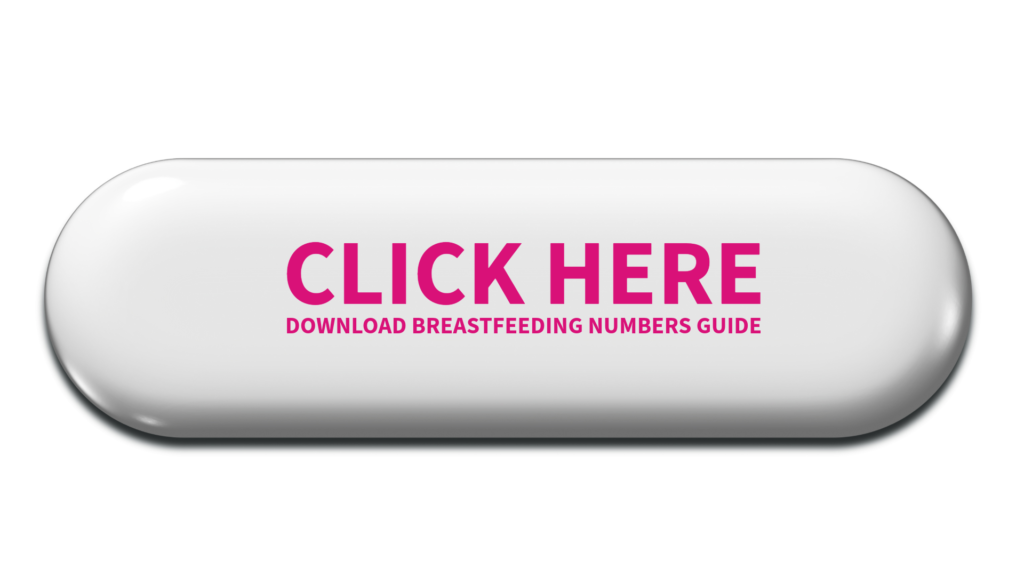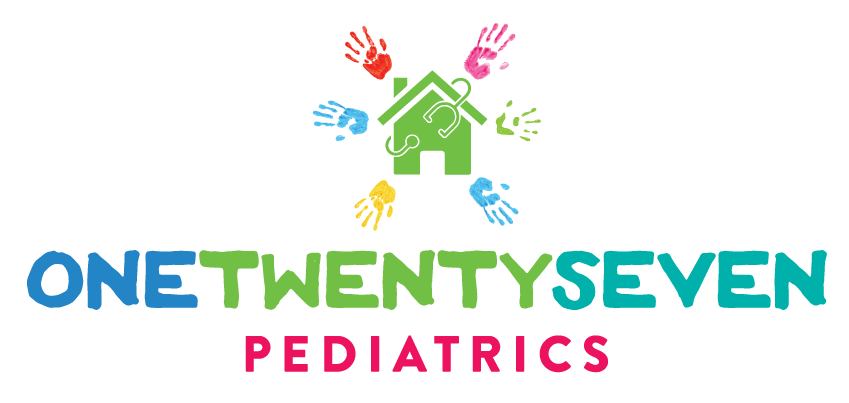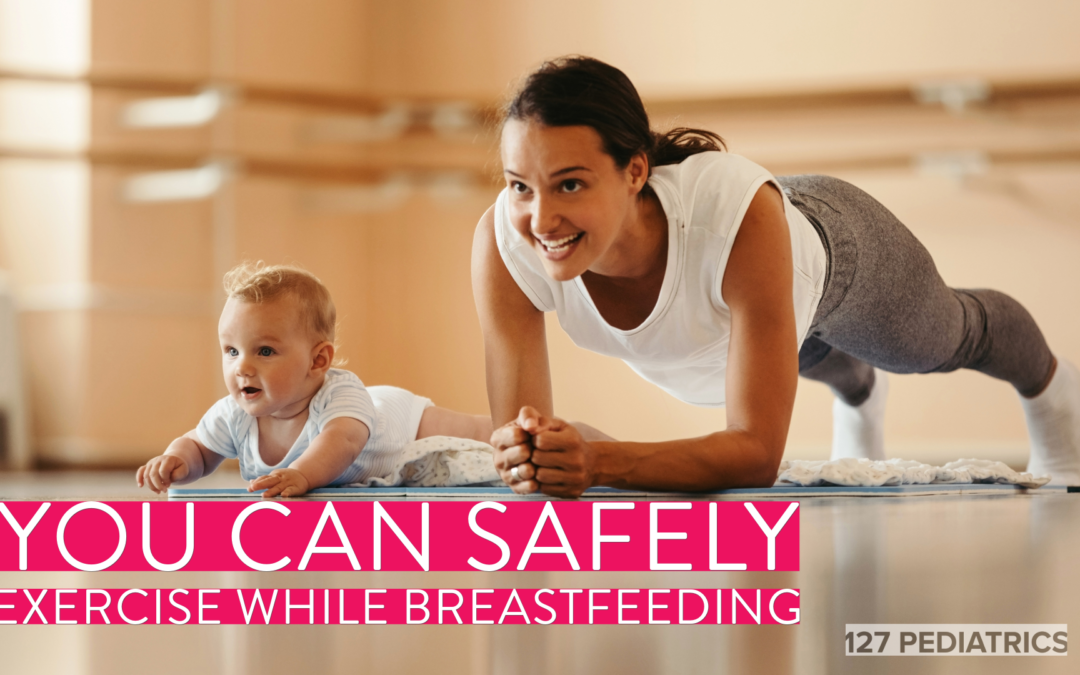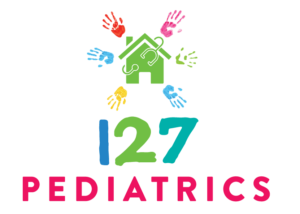Whether you were an elite athlete before and during pregnancy or you are more of a “walk around the neighborhood” kind of gal, you can safely exercise while breastfeeding. Maternal exercise and breastfeeding can go hand in hand. Most health care providers recommend waiting until at least 6 weeks postpartum before restarting any exercise routine. This is especially true if you had a C-section. You will need to take time to get back up to maximal exercise, even if you were an elite athlete before pregnancy. A lot has happened to your body and it is wise to respect that.
When deciding on an exercise program, don’t forget about your poor pelvic floor and abdominal muscles. They have been through a lot during pregnancy and child birth. If you take the time to regain strength in those vital muscles, you will reap rewards as your body gets back to physical activity.
In this article, we will answer several questions that mothers often ask me about how to safely exercise while breastfeeding.
The Affect of Exercise on Breast Milk Supply
One of the biggest concerns for breastfeeding mothers is whether exercise will affect their breast milk supply. The good news is that moderate exercise is not likely to have a negative impact on milk production. In fact, research suggests that regular exercise can actually increase milk supply in some women.
It’s important to note that the key here is moderation. Strenuous exercise can lead to an excessive calorie burn, which may affect the quantity and quality of breast milk. Therefore, it’s advisable for breastfeeding moms to start with low-impact activities and gradually increase the intensity and duration as they feel comfortable and their bodies adjust.
The Affect of Exercise on Breast Milk Composition
There are a couple of small studies that have shown that breastfeeding mothers who engage in vigorous exercise in their maximal heart rate range will produce breast milk with high lactic acid levels. This increase in lactic acid levels in breast milk can last for about an hour after exercise. In theory, this will cause human milk to have a salty taste and limit the baby’s acceptance of breast milk. This does not seem to be the case in real life as many women who are elite athletes breastfeed successfully. Additionally, this increase in lactic acid levels was not seen with moderate exercise. This is definitely an area that could use more study.
Benefits of Exercise for Nursing Mothers
Exercise offers a wide range of benefits for breastfeeding moms, including:
- Improved mood: Exercise releases endorphins, which can boost your mood and overall sense of well-being. This can be especially beneficial during the postpartum period, as you experience mood swings due to hormonal changes.
- Increased energy levels: Contrary to popular belief, exercise can actually increase your energy levels rather than deplete them. Regular physical activity helps improve circulation, oxygenation, and nutrient delivery throughout your body, resulting in increased energy.
- Weight management: Postpartum weight loss is a common concern for many mothers. Engaging in regular exercise will also help you to manage your weight. However, it’s important to approach weight loss gradually by focusing on consuming a healthy diet. Rapid weight loss can decrease milk supply. You can safely diet while breastfeeding by following a few simple guidelines.
- Stress relief and mental health support: Motherhood is stressful and overwhelming. Exercise serves as an excellent stress reliever. Finding something that you like doing will allow you to take a break and focus on yourself for a little while. It can also help reduce anxiety and improve sleep quality.
Workout Routines for Breastfeeding Mothers
The best exercises for breastfeeding women are those that are safe, effective, and enjoyable. Here are some examples of different forms of exercise that you may enjoy as a breastfeeding mom:
- Walking: Walking is a low-impact exercise that can be easily incorporated into your daily routine. It helps improve cardiovascular health and can be done with your baby in a stroller or carrier.
- Swimming: Swimming is a great whole-body workout that is gentle on your joints. It can help improve muscle tone, cardiovascular fitness, and flexibility.
- Yoga: Yoga provides a combination of stretching, strength-building, and relaxation. It can help improve posture, flexibility, and core strength. Look for postnatal yoga classes or modifications that specifically address the needs of breastfeeding mothers.
- Pilates: Pilates is also a low-impact exercise that focuses on core strength, flexibility, and posture. It can help improve abdominal tone, which can be beneficial after pregnancy and childbirth. Be sure to be gentle on your core as you start to get back into shape.
- Low-impact aerobics: Low-impact aerobic exercises, such as dance-based classes or step workouts, can provide a fun way to get your heart rate up without putting excessive stress on your joints. Many communities offer “mommy and me” exercise programs at the local park as well. It is a great way to get some exercise while keeping your baby close.
- Weight training- you can incorporate light weights into your post – baby routine or add weight training onto your exercise session
What to Wear
As a breastfeeding mother, you need to account for your exercise wardrobe. It’s important to wear the right attire that allows for easy access and convenience. Here are some tips on what to wear:
- Supportive sports bra: Invest in a good quality, supportive sports bra that offers excellent support and allows for easy nursing access. Look for one with adjustable straps and a front-opening feature for convenience.
- Comfortable and breathable clothing: Opt for loose-fitting, breathable tops and bottoms made of moisture-wicking fabric. This will help keep you cool and dry during your workout session. Additionally, choose clothing that allows for easy access to breastfeed or pump if needed.
- Breastfeeding-friendly tank tops or bras: Consider wearing breastfeeding-friendly tank tops or bras underneath your workout clothes.
- Breast pads: For added comfort and leakage protection, wear nursing pads inside your bra. These absorbent pads can help prevent any embarrassing leaks during your workout.
- Comfortable footwear: Ensure that you have proper footwear that provides support and comfort during exercise. This is especially important if your workout involves vigorous exercise like running or jumping.
Tips for Striking the Right Balance
While exercise is generally safe and even beneficial for breastfeeding moms, it’s important to find the right balance. Here are some guidelines to follow:
- Listen to your body: Pay attention to how you feel during and after exercise. If you experience excessive fatigue, dizziness, or pain, it may be a sign that you have overexerted yourself. Adjust your routine accordingly.
- Stay hydrated: Breastfeeding already increases your fluid needs, so it’s essential to drink plenty of water before and after exercise. Dehydration can negatively impact milk production and your overall well-being. So, fill up your water bottle before you head out the door.
- Breastfeed or pump before exercising: Nothing makes exercise harder than dealing with engorged breasts while you are sweating. Feeding or pumping before exercise can help relieve breast discomfort that can come with moderate activity.
- Incorporate pelvic floor exercises: Pregnancy and childbirth can weaken the pelvic floor muscles, which can lead to problems such as urinary incontinence. Try to incorporate pelvic floor strengthening, such as Kegel Exercises when you exercise after pregnancy.
- Take the focus off of post-partum weight loss- Instead keep the focus on being a healthy mother for your child by exercising and eating a healthy diet
- Extra calorie intake with lactation- breastfeeding mothers generally need about 300-500 extra calories per day. Be sure to account for this as you increase your physical activity. Adjust your food intake accordingly.
How Can 127 Pediatrics Help You?
As a health professional who specializes in pediatrics and breastfeeding medicine, I recommend that you incorporate some sort of physical activity into your breastfeeding journey. The benefits to your body are enormous. Hopefully, this article answered many of your questions regarding how you can safely exercise while breastfeeding. If you have specific questions about your situation, be sure to reach out to your health care provider or lactation consultant.
At 127 Pediatrics, we offer many free resources to help breastfeeding mothers with their journey. Please take advantage of our free download by clicking the link below. We also put weekly content on our YouTube Channel. Be sure to get on our email list so you don’t miss out on evidence based breastfeeding information and to stay up to date on our future offerings.

This article is for information purposes only. It is not to be interpreted as medical advice.
© 127 Pediatrics, March 2024

Andrea Wadley, MD, NABBLM-C, IBCLC is the owner of 127 Pediatrics. She opened this practice in July 2018 as a way to provide a different option for pediatric and breastfeeding care in her community. She is board certified in pediatrics as well as breastfeeding medicine. She is patient about helping mothers at every stage of their breastfeeding journey.


